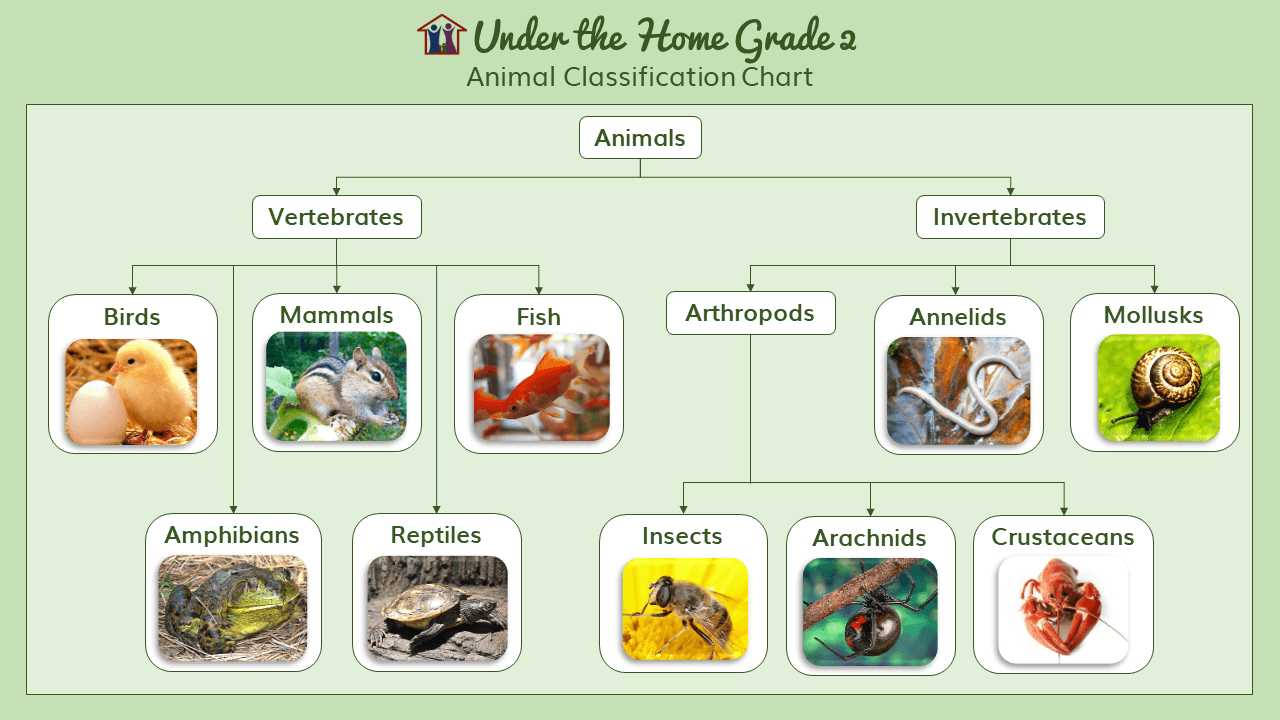Study the lesson for one week.
Over the week:
Katydid have green eyes that are very different from human eyes.
Facts about insect eyes:

Activity 1: Narrate the Story
Activity 2: Watch the Video
Activity 3: Classify the Animal

Activity 4: Recite 'To an Insect' by Oliver Wendell Holmes
I love to hear thine earnest voice
Wherever thou art hid,
Thou testy little dogmatist,
Thou pretty katydid,
Thou mindest me of gentle folks,
Old gentle folks are they,
Thou say'st an undisputed thing
In such a solemn way.
Activity 5: Color and Label a Katydid

Activity 6: Take a Nature Walk
Take a nature walk, locate a katydid or other animal to observe, gather data and notes, and use that information to create a field book entry. You may wish to take a pencil and a small notebook to jot down sketches and observations. If you can't find a katydid, you may sketch a different animal or make a sketch based on the video in Activity 2.
Before you take the nature walk, review:
Behavioral observations include:
Habitat observations include:
Appearance observations include:
Activity 7: Complete a Field Book Entry
